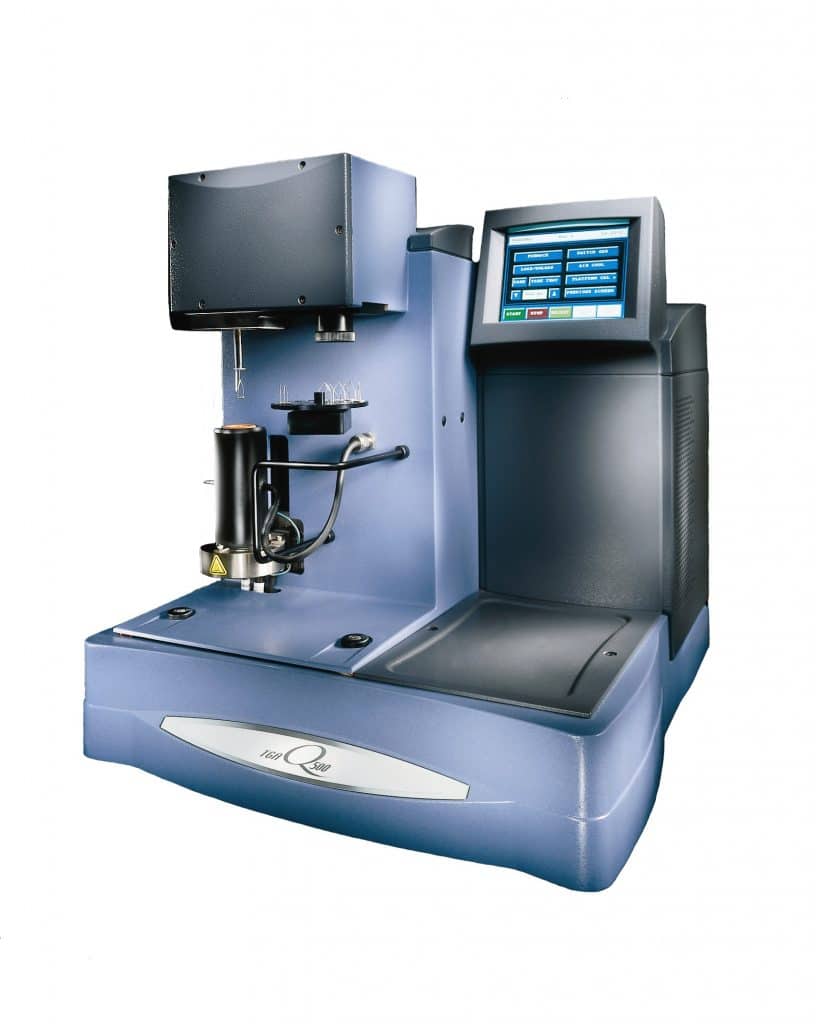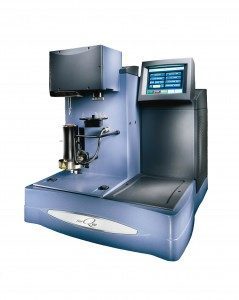Thermogravimetric analysis, or thermal gravimetric analysis (TGA), is a method of determining the overall mass of a sample as a temperature-dependent property. Mass change as a function of temperature is a fundamental property of many materials as they degrade and lose volatile components. This phenomenon can provide rich detail about materials under test.
By strategically subjecting a sample to a precise temperature program under strict atmospheric controls and simultaneously measuring changes in weight, thermal gravimetric analysis can provide vital data for a wide range of materials characterization objectives.
Step-by-Step Principles and Procedure

In simple terms, thermal gravimetric analysis provides a statistical readout of material mass as a function of temperature and time. This is carried out by heating samples in a chosen atmosphere on a highly accurate balance. Various temperature profiles can be programmed to suit different experiments, including parameters such as peak temperature, ramp rate and dwell times.
Measuring the sample’s mass at regular intervals throughout this temperature profile yields a thermogravimetric curve where mass is plotted as a function of temperature or time. This characteristic curve is usually indicative of thermal decomposition; where elevated temperatures begin to break the sample down.
Data Collection Through Thermal Gravimetric Analysis
Determination of Content
Thermal gravimetric analysis is routinely employed for content determination, providing accurate and actionable insights into sample composition. It is regularly employed to determine carbon and inorganic content.
Properties of Reactivity & Corrosiveness
Using thermal gravimetric analysis, researchers can prove the reactivity or corrosivity of sample materials when exposed to specific environments. This is particularly useful for metal alloys and catalysts.
Changes in Size, Shape & Overall Mass
Exposure to varying, pre-disposed temperatures and alternating thermal conditions can tell us if a composite might tend to shrink or expand, changing its size or shape, as well as, why this might occur. If, as researchers, we have a specific, targeted objective or use for a substance, the extent to which it is prone to possible changes in size, shape or scale may affect how the material is applied.
Applications of Thermal Gravimetric Analysis
The ability to accurately predict the durability, stability, and strength of a material carries wide-reaching connotations for cutting-edge technology, industry, and construction. Our chemists can understand the properties of a material which are significant to the goal of the specific application. If you would like more information about running thermogravimetric analysis with Jordi Labs, simply contact a member of the team today.





